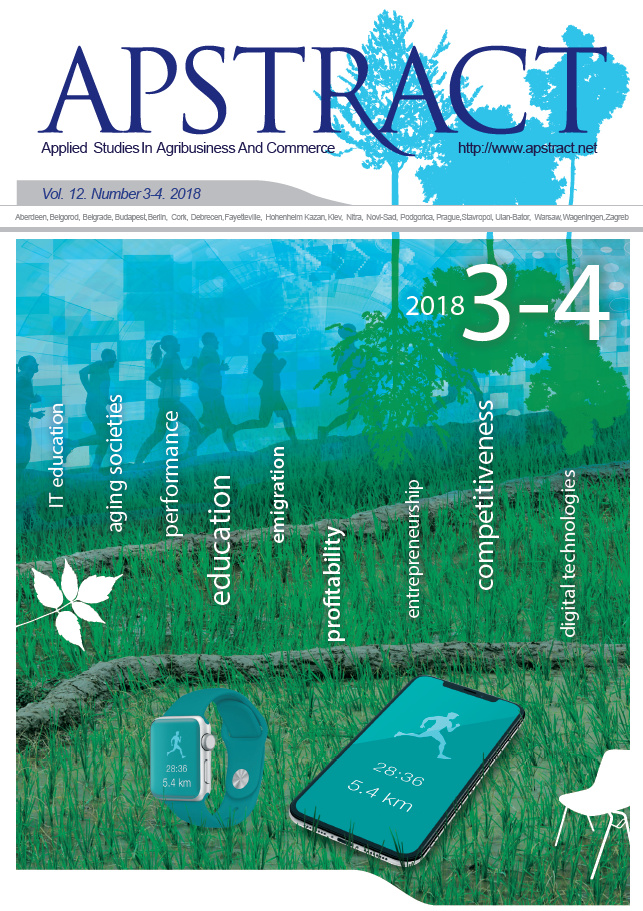Tourism Development Challenges of an Island Destination in a Aging Society, Case Study of Ojika Island of Japan
Author
View
Keywords
How To Cite
Abstract
Japan’s inbound tourism numbers have been steadily rising in the past decade due to active promotion, easing of visa regulations, rapidly developing Asian economies and the depreciation of the Japanese Yen. The government’s goal is welcoming 40 million foreigners yearly by 2020, and leading them to rural destinations. There is a concern whether rural destinations in Japan are prepared for this sudden surge of tourists. The plans to bring masses to rural destinations implies a steady supply of tourism service, but the ageing and shrinking population of Japan together with the migration towards cities, leave some destinations without a key resource: workforce. This paper tries to understand the current situation of such rural, isolated communities, and whether they have the capacity to develop and expand the tourism industry. The case study was carried out on Ojika, an island destination in Nagasaki Prefecture. Several visits to the destination, participant observation and structured as well as unstructured interviews with stakeholders provide the primary data for the research. Through interviews with town officials, businesses and residents, different approaches to the demographic problems are introduced. The results show that the tourism development strategies cannot concentrate only on the strictly tourism industry elements of the destination but have to look at the community and infrastructure too, in this case, the labor market. The demographic change in society can put a limitation on development, thus counter measurements have to be considered and included in the tourism strategy. Further research is needed on less remote destinations, where there is a land-connection with another settlement, and whether a “commute based workforce” can ease the problem or by raising the costs of labour, a different, feasibility problem arises in the accommodations.
JEL Classification: Z32


 https://doi.org/10.19041/APSTRACT/2018/3-4/4
https://doi.org/10.19041/APSTRACT/2018/3-4/4




